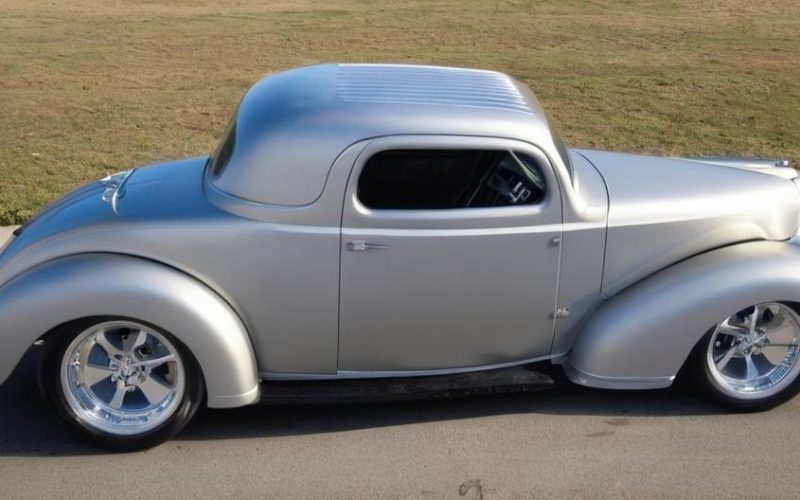Key Take Aways About Dashboard Layouts for Street Rodding
- Street rodding merges nostalgic aesthetics with modern performance enhancements.
- Dashboards evolve with tech advancements, blending digital displays with analog gauges.
- Balancing functionality with aesthetics is crucial in dashboard design.
- Material choices, such as metal, leather, and wood, define the dashboard’s personality.
- Digital integration includes GPS, Bluetooth, and audio systems, maintaining vintage charm.
- Customization reflects personal style, matching the car’s theme or the owner’s expression.
- Dashboards serve as a canvas for creativity, embodying a unique blend of old and new.

Evolution of Street Rodding Dashboard Layouts
Street rodding, a niche yet pulsating part of the broader car culture, is all about modifying classic cars to boost performance while maintaining that nostalgic aesthetic. When it comes to dashboard layouts in street rods, enthusiasts express both style and functionality. The evolution of dashboard designs reflects not just technological advancements but also the personal touch of each owner.
Historically, dashboards were more about necessity than flair, with basic gauges and switches scattered in a minimalist fashion. However, today’s street rodders want to blend vintage charm with modern conveniences. This has led to customized dashboards that often incorporate digital displays alongside traditional analog gauges. It’s like wearing a tuxedo with sneakers—best of both worlds.
Functionality vs. Aesthetics
Street rodding enthusiasts often face a classic dilemma: balancing functionality with aesthetics. There’s a fine art to not overloading the dashboard with too many gadgets while ensuring it remains both useful and visually appealing.
Modern dashboard layouts tend to prioritize the driver’s needs. Speedometers, tachometers, and navigation displays are often centrally located for easy viewing. Meanwhile, retro switches and knobs maintain that vintage feel. It’s like having your cake and eating it too, except instead of cake, it’s a souped-up engine with extra chrome.
Material Choices
Material selection for dashboards varies significantly. Some rodders go for the glitz and glam of polished metal and chrome, while others prefer the softer touch of leather or wood. Each material has its personality—metal is bold and striking, leather offers a classic vibe, and wood gives a rustic feel. It’s kind of like choosing between rock, jazz, or country music; it just depends on your mood and style.
Digital Integration
Incorporating modern digital elements into a street rod’s dashboard can be akin to adding whipped cream on that hot fudge sundae. High-tech features like GPS displays, Bluetooth connectivity, and advanced audio systems are becoming commonplace. Yet, they’re cleverly disguised to maintain the car’s timeless charm. It’s a tad like slipping a smartphone into a vintage phone booth—modern meets retro.
Personalization and Customization
Street rodding is a personal statement, a rolling autobiography. Dashboard customization goes beyond the materials and gadgets; it’s reflected in the color schemes and overall layout. Owners often match dashboard designs with the car’s theme—whether that be a nostalgic nod to the 50s or a futuristic twist. Each dashboard is as unique as the fingerprint of the person who drives it.
Street rodding isn’t just about power under the hood but also the personality within the cabin. Dashboards serve as a canvas for expression, allowing enthusiasts to meld the old with the new, creating a harmonious yet individualistic feel. In street rodding, the journey isn’t just about the destination but the experience inside the vehicle. If you ever jump into a street rod, take a moment to appreciate the dashboard—it’s more than just a control center; it’s a work of art.
